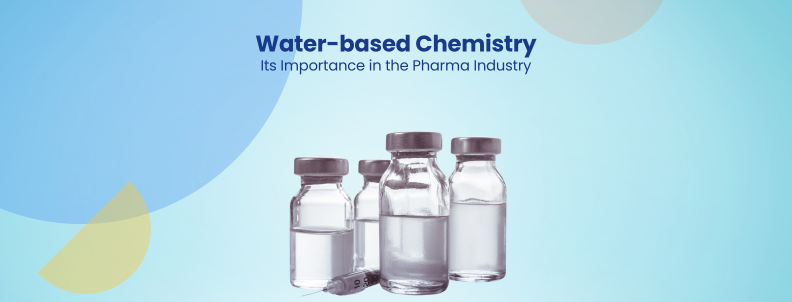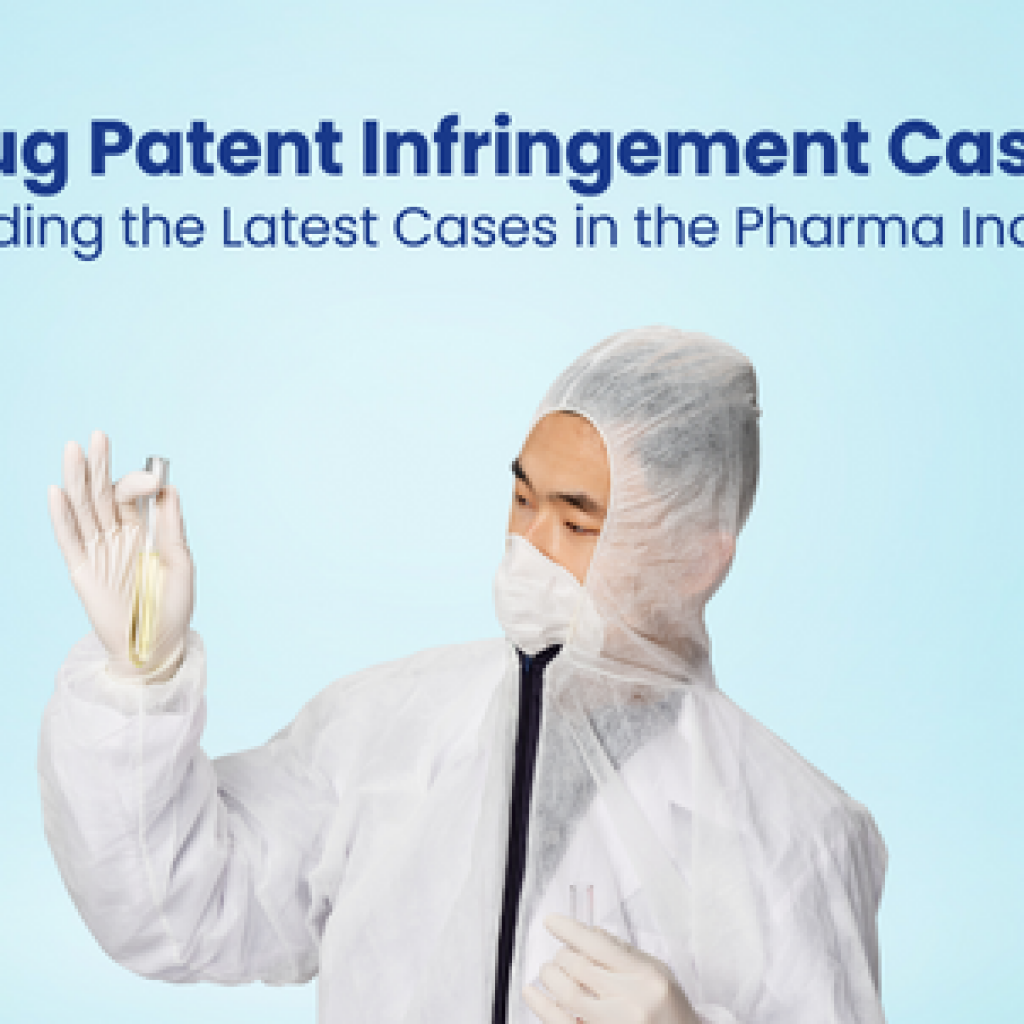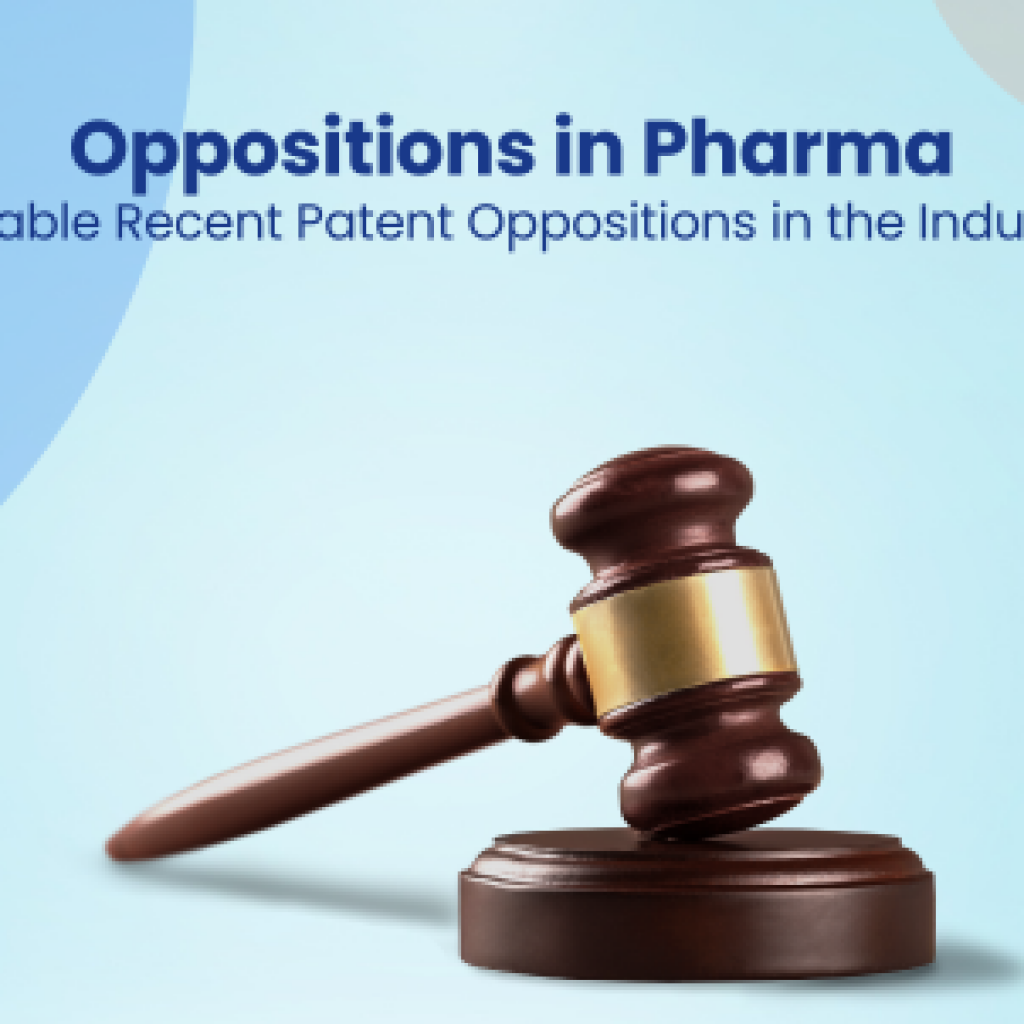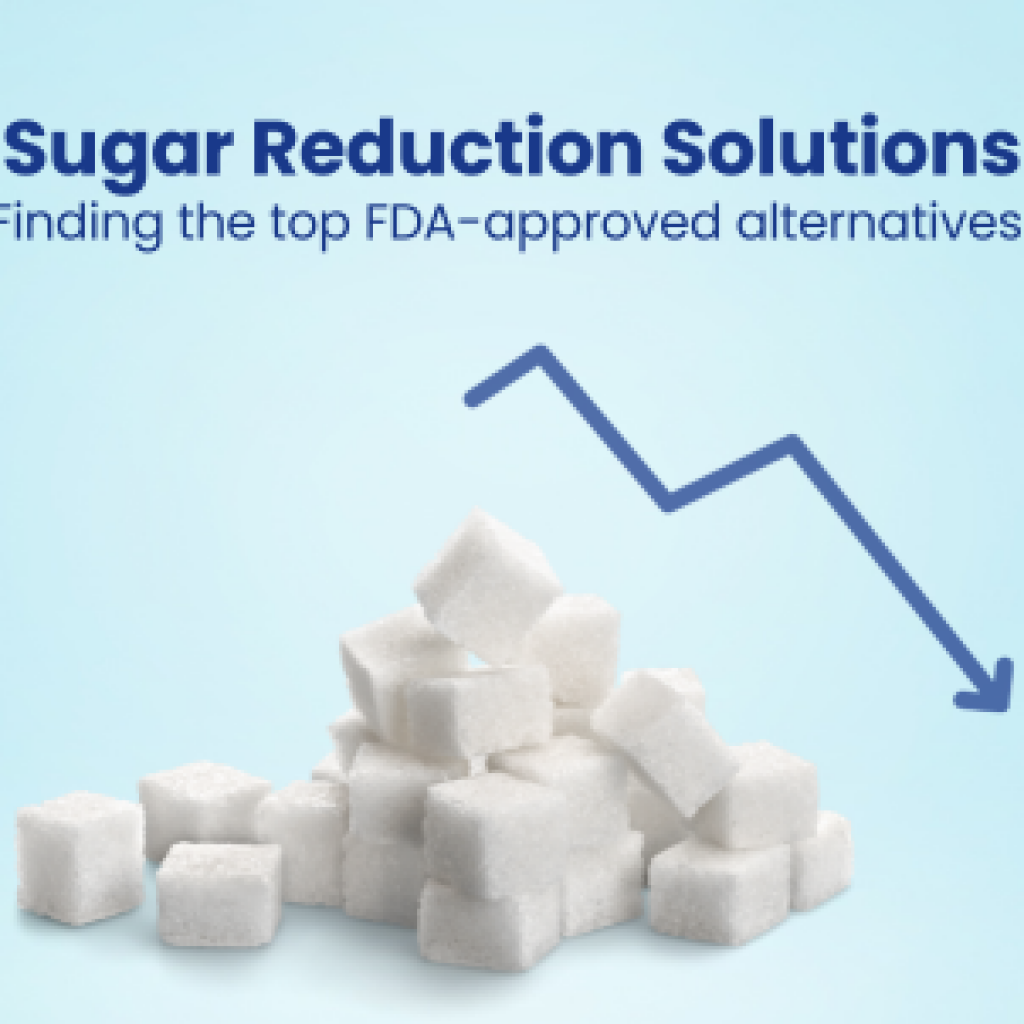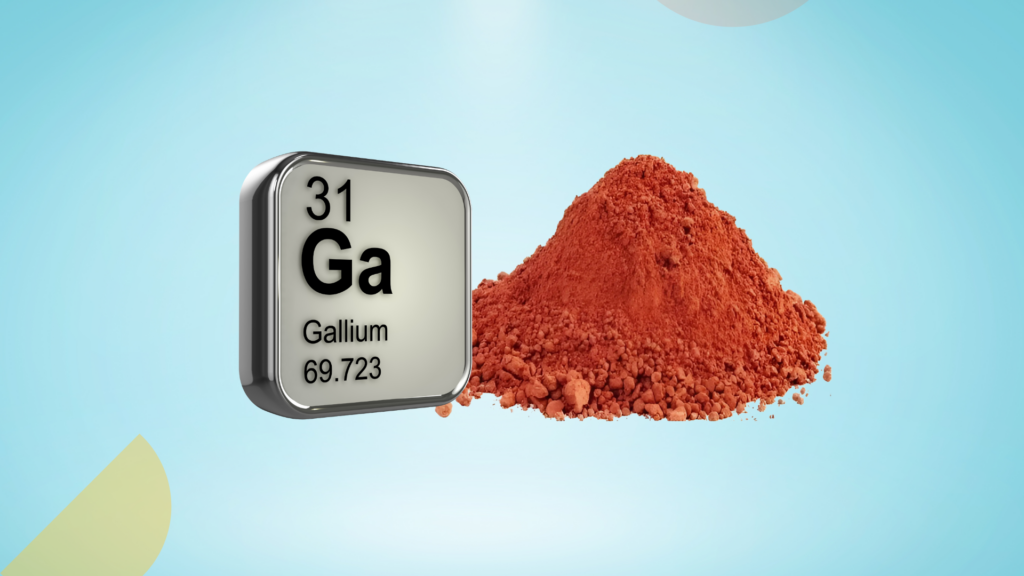Many pharmaceutical chemicals use a mix of organic solvents and plain old water. About 80% to 90% of what goes into making medicines falls into these categories. But this approach has some big problems.
First, European authorities have raised environmental and health concerns about solvents like di or tri-glyme, DMF, DMAc, and NMP. Though they haven’t completely banned them yet, they’re headed in that direction.
They can also change how medicine works. Plus, it’s inefficient as only about 50% to 80% of the solvents can be reused.
These solvents sometimes remain toxic in medicine. Moreover, they can be expensive, flammable, and even dangerous if they come into contact with certain things. They can easily turn into gas, require a lot of space, and contribute to climate change.
Due to these challenges, researchers in pharmaceutical companies are working on using better, more eco-friendly methods, such as replacing these solvents with only water.
This article explores the ongoing research in water-based chemistry, including challenges and breakthroughs.
Why Water?
Water is a versatile and sustainable solvent that offers several advantages in the pharmaceutical industry. It is non-toxic, non-flammable, and abundantly available. Because it’s good at sticking to things, it can make new chemical reactions when used in chemistry with metals.

Source: Waterman Australia
Using water as a solvent aligns with the principles of green chemistry, thus contributing to developing more sustainable and environmentally friendly processes.
The continuous flow chemistry, which often utilizes water as a solvent, has enabled significant advances in the manufacturing of pharmaceuticals.
Though using water in pharmaceuticals is not new, some challenges stop water chemistry from being a standard practice.
Why is water chemistry not a standard practice yet?
Despite its numerous advantages, water chemistry has not yet become a standard practice in the industry. Below are the barriers that have hindered its widespread adoption in pharmaceutical manufacturing.
1. Solubility Limitations
The solubility limitations of water-based processes in the pharmaceutical industry present significant challenges, particularly in addressing the poor water solubility of active pharmaceutical ingredients (APIs) and natural compounds. Polyphenols, for example, often exhibit poor bioavailability due to their low water solubility. (Munin & Levy 2011)
Similarly, the solubility of hydrophobic compounds in aqueous solutions can be increased by adding hydrotropes or other suitable additives, indicating the need to overcome solubility limitations. (Silva et al. 2023)
This is not surprising considering that nearly half of the active substances identified through high-throughput screening are either insoluble or poorly soluble in water. (Ambrus et al. 2009) This poses a major challenge for developing new pharmaceutical products.
2. Compatibility with Reaction Conditions
The pharmaceutical industry heavily relies on specific reactions such as amide bond formation, Suzuki-Miyaura coupling, and SNAr reactions due to the commercial availability of reagents, high chemoselectivity, and pressure on delivery. However, the compatibility of these reactions in water-based processes presents challenges that must be addressed to ensure their successful implementation. (Brown & Bostrom 2015)
3. Synthesizing Active Pharmaceutical Ingredients
Water-based chemistry poses several challenges in the pharmaceutical industry, particularly in synthesizing active pharmaceutical ingredients (APIs) and developing cleaner, safer, and more efficient synthetic solutions (Tan et al., 2016). The industry actively seeks efficient peptide amidation reactions, crucial for green pharmaceutical chemistry (Elnegaard et al., 2017).
Additionally, implementing flow chemistry in the pharma industry has triggered significant research efforts in continuous flow chemistry for preparative organic synthesis (Gérardy et al., 2018). This is particularly relevant as flow chemistry has become a popular tool in the pharmaceutical industry (Horáková & Kočí, 2022).
4. Regulatory Hurdles
The regulatory hurdles for water-based chemistry encompass a wide range of challenges.
Existing drug approval guidelines focus on organic solvents. So, additional data and studies are required for water-based systems. This can be time-consuming and expensive for pharmaceutical companies seeking approval for new drugs or processes using water.
Further, safeguarding water quality, meeting water quality standards, and controlling microbiological contamination also pose regulatory challenges for the pharma industry.
Regulatory agencies enforce strict control over water quality. Implementing robust water purification systems and monitoring further adds complexity and cost.
A Breakthrough by Novartis and UC Berkeley
The University of California and Novartis Pharma researched water use in chemistry, disregarding alternative solvents like ionic liquids, fluorous-phase systems, and supercritical fluids.
They explored alternatives to polar aprotic solvents such as dimethylformamide (DMF), dimethylacetamide (DMAc), or N-methyl-2-pyrrolidone (NMP).
Researchers at the University of California led by Professor Lipshutz focused on using a special nonionic surfactant called TPGS-750-M in water instead of the usual chemical solvents. These formed micelles that can partially dissolve organic materials in an aqueous medium and promote reactions.
This approach was applied to common transformations in active pharmaceutical ingredient (API) synthesis, like amidation reactions, Suzuki–Miyaura cross-couplings, nitro group reductions, and aromatic nucleophilic substitutions.
This technology gained acceptance in academic labs and proved adaptable to various transformations, offering milder reaction conditions and improved chemical selectivity, reducing impurities.
“Surfactant technology” has the potential to be a significant alternative solvent due to its wide-ranging applications, safe handling, environmental friendliness, and compliance with regulations.
Interestingly, they addressed technical challenges by adding varying amounts of water-miscible organic solvents, contrary to the conventional micelle concept. This breakthrough solved issues related to scalability, stirring, and robustness.
Data collected over the years demonstrated enhanced mass utilization and reduced consumption of undesirable substances, aligning with green chemistry principles.
Co-solvents’ role became better understood, especially in well-known synthetic transformations like Suzuki–Miyaura or Sonogashira cross-couplings, which are crucial for pharmaceuticals.
They achieved a milestone by completing a multi-step synthetic sequence entirely in water with surfactants, resulting in an API. This sequence included Suzuki–Miyaura cross-coupling, nucleophilic aromatic substitution, and amide bond formation, which are commonly used organic reactions in API production.
This innovative approach replaced several solvents, including reprotoxic polar aprotic solvents used in cross-coupling and amide bond formation, but also significantly improved yields, selectivity, environmental impact, and cost-effectiveness.
For instance, in the amidation reaction, using water with 2 wt% TPGS-750-M reduced the formation of over-acylated by-products to less than 1%, enhancing overall yield and simplifying purification.
Other Emerging Solutions to Improve Water Chemistry
Researchers are exploring a solution called microfluidic technology. It’s similar to a miniature plumbing system that aids in precisely and rapidly mixing ingredients. This technology lets scientists watch how these systems are made in real-time and make it easier to make them in large quantities.
Scientists can tailor different drug delivery systems to deliver drugs effectively with microfluidic systems. It’s also used to make special packages for drugs called liposomes, which can carry different types of drugs together.
The technology is also helpful in making proteins with specific properties for drug delivery. It’s like having a tiny factory where scientists can control the size and shape of these protein packages.
Another interesting aspect of this technology is that it makes nanoparticles for various purposes, like cleaning water and boosting the immune system. It can also control how things flow and interact at a tiny scale, which makes it very useful in many different areas of science.
While microfluidic technology holds promise for water-based reactions and drug formulation, it still faces several challenges that need to be addressed for wider adoption, such as scaling, cost, regulation, safety concerns, and material compatibility.
Conclusion
As the world moves toward sustainable practices, pharma researchers must progress in adopting green chemistry, however small their progress may be.
Water-based chemistry is one solution that can fulfill the desire to implement green practices. The aforementioned breakthrough takes the industry one step closer to this goal.
Future research will likely explore further applications and enhancements in this innovative approach, advancing the field of pharmaceutical chemistry.
Reach out to us for deeper insights into emerging technologies in water chemistry:
Authored By – Simran Gohan and Vikas Jha, Solutions.

